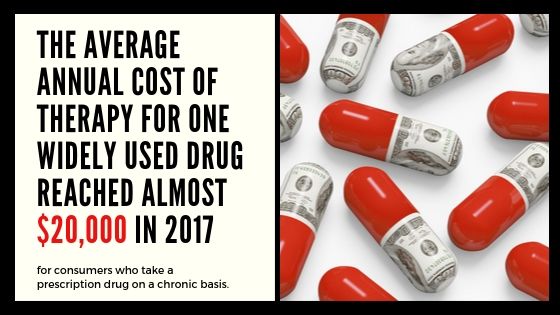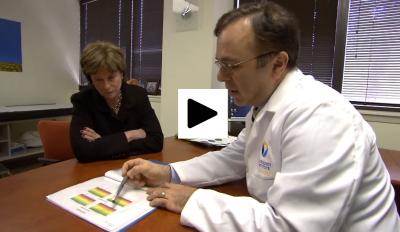New Report Shows Retail Drug Prices Have Increased Faster Than Inflation for at Least 12 Straight Years
AARP analysis finds the average annual price for widely used prescription drugs is nearly $20,000
En español | WASHINGTON—A new AARP Public Policy Institute report, released today, shows that retail prices for a combined set of 754 widely used brand name, generic, and specialty prescription drugs increased by an average of 4.2% in 2017, well above the general inflation rate of 2.1% for the same period. This marked the 12th year in a row of often substantial drug price increases.
Notably, the average annual cost for a drug used on a chronic basis would have been more than $12,500 lower in 2017 ($7,263 v. $19,816) if prescription drug prices had been limited to the rate of general inflation from 2006 to 2017.
“Prescription drug prices are out of control. Our report tracked price growth in prescription drugs for 12 years, and every single year those price increases have been higher than the rate of inflation,” said Debra Whitman, Executive Vice President and Chief Public Policy Officer at AARP. “It’s shocking to see how much lower drug prices would be today if price increases did not exceed the rate of general inflation. Instead, older Americans are struggling to afford the medications they need to stay healthy.”
The report analyzed three types of widely used prescription drugs and found that price growth for brand name and specialty drugs more than offset price decreases for generic drugs. In 2017:
- Retail prices for widely used generic drug products decreased by an average of 9.3% (average annual cost: $365).
- Retail prices for widely used brand name drug products increased by an average of 8.4% (average annual cost: $6,798).
- Retail prices for widely used specialty drug products increased by an average of 7.0% (average annual cost: $78,871).
“The average annual cost for a prescription drug is simply too high—at nearly $20,000 it’s rapidly approaching the median annual income for Medicare beneficiaries,” said Leigh Purvis, Director of Health Services Research at AARP Public Policy Institute. “Patients often end up paying for high drug prices more than once: through their out-of-pocket expenses and, later, with higher health care premiums and cost sharing. Our report demonstrates, yet again, why we need Congress to pass long-term, meaningful reforms that will help rein in the outrageous prices of prescription drugs.”
To view “Trends in Retail Prices of Prescription Drugs Widely Used by Older Americans: 2017 Year-End Update” visit www.aarp.org/rxpricewatch.
# # #
About AARP
AARP is the nation’s largest nonprofit, nonpartisan organization dedicated to empowering people 50 and older to choose how they live as they age. With a nationwide presence and nearly 38 million members, AARP strengthens communities and advocates for what matters most to families: health security, financial stability and personal fulfillment. AARP also produces the nation's largest circulation publications: AARP The Magazine and AARP Bulletin. To learn more, visit www.aarp.org or follow @AARP and @AARPadvocates on social media.
Media Contact: Greg Phillips, 202-434-2560, gphillips@aarp.org, @AARPMedia

























































